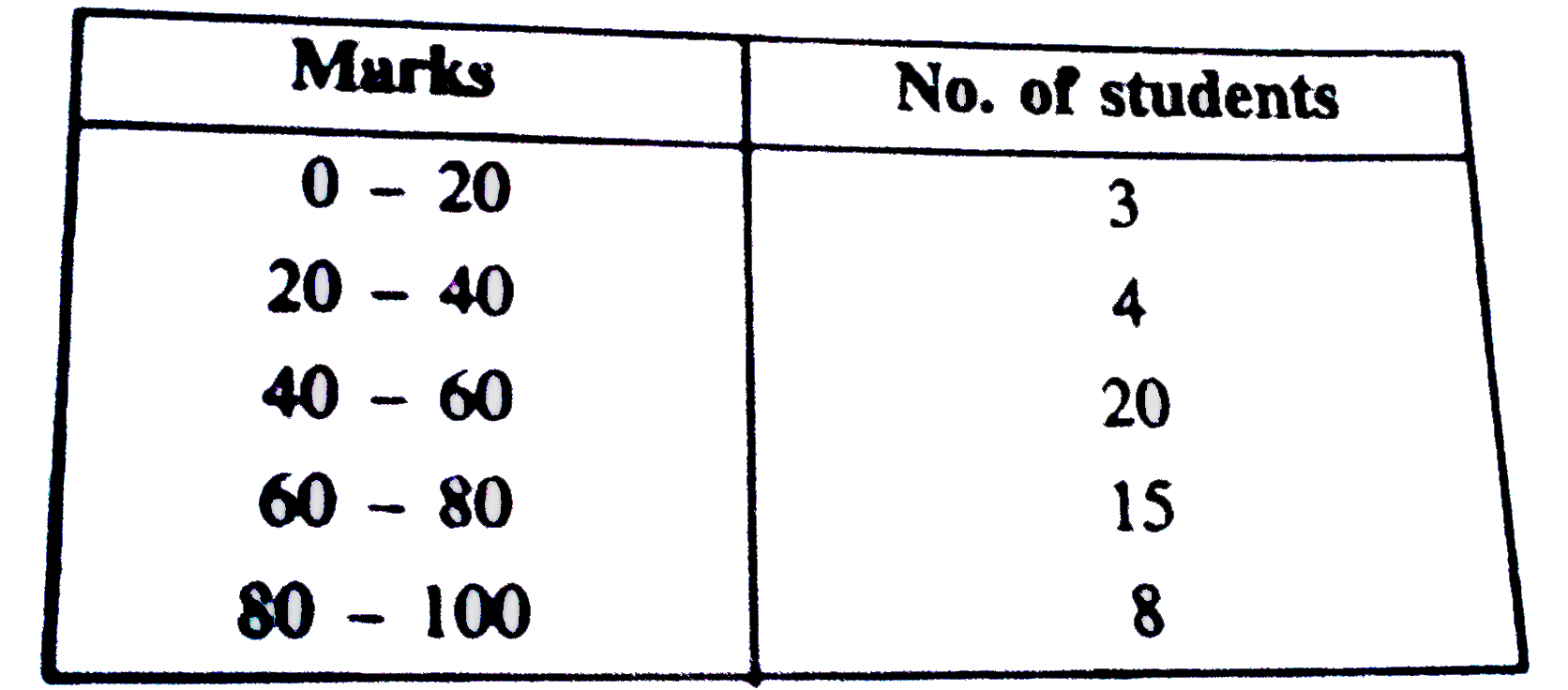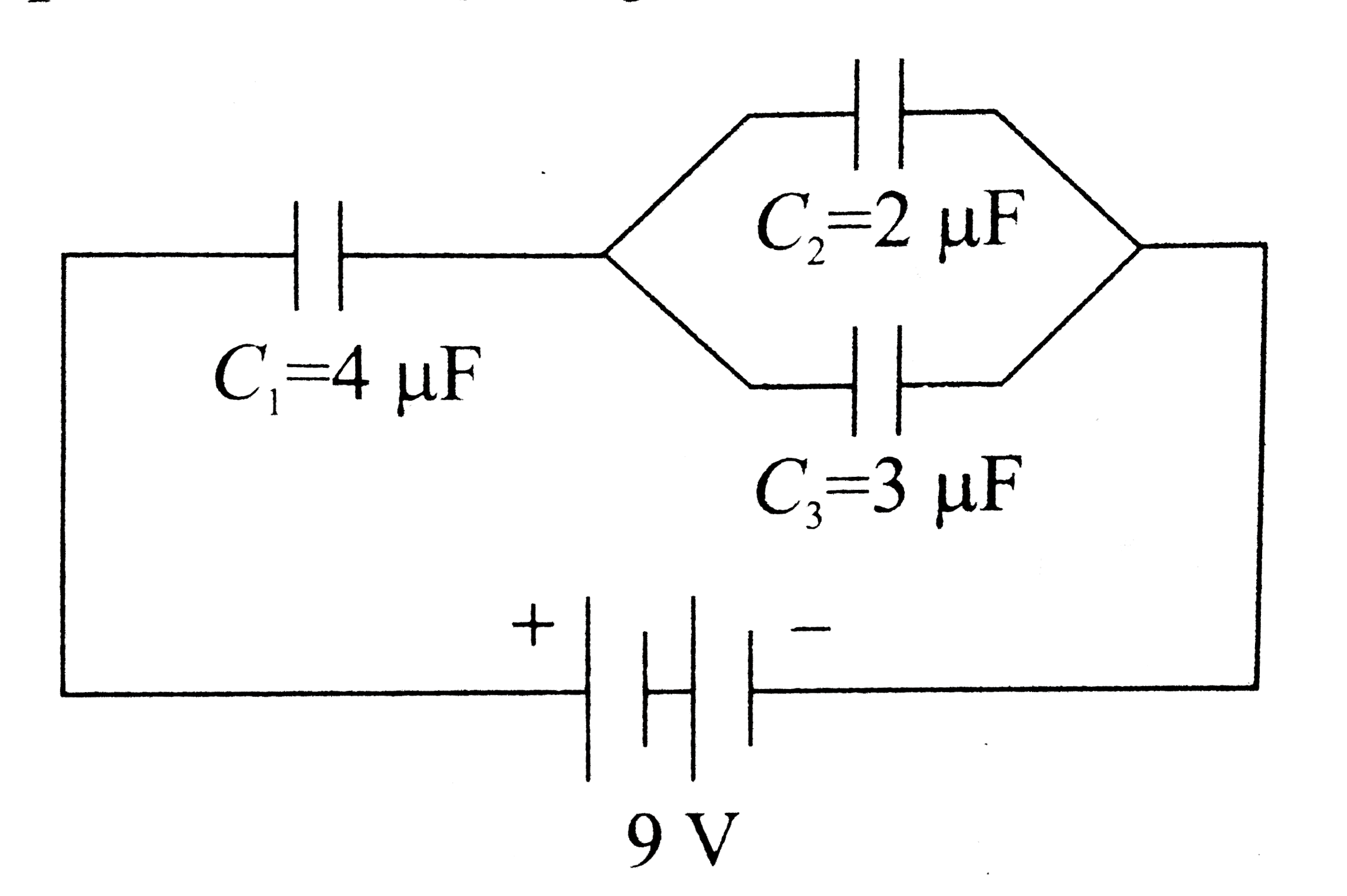If (I)C+O2→CO2, Q1
(II)C+12O2→CO, Q2
(III)CO+12O2→CO2, Q3
The heats of reaction Q1 and Q2 are −12, −10 respectively. Then Q3=
A
−2
B
2
C
−22
D
−16
Video Solution
Text Solution
The correct Answer is:A
(i)C+O2→CO2, Q1=−12
(ii)C+12O2→CO, Q2=−10
(iii)CO+12O2→CO2, Q3=?
To get Q3, solve eqn. no. (i)-eqn. no. (ii)
∴Q3=−12−(−10)=−12+10=−2
|
Updated on:21/07/2023
Topper's Solved these Questions
Similar Questions
Knowledge Check
- Question 1 - Select One
If ( I ) C + O 2 → C O 2 , Q 1 ( I I ) C + 1 2 O 2 → C O , Q 2 ( I I I ) C O + 1 2 O 2 → C O 2 , Q 3 The heats of reaction Q 1 and Q 2 are − 12 , − 10 respectively. Then Q 3 =
A−2B2C−22D−16 - Question 2 - Select One
C+O2→CO2,ΔH=X
CO+12O2→CO2,ΔH=Y
What is the heat of formation of CO?AX-YBY−2KCX+YD2X−Y - Question 3 - Select One
C(s)+O2(g)→CO2(g),ΔH=−94 kcal
2CO(g)+O2→2CO2,ΔH=−135.2 kcal
The heat of formation of CO(g) isA−26.4 kcalB41.2 kcalC26.4 kcalD229.2 kcal
Consider the following reactions:
C(s)+O2(g)→CO2(g)+x kJ
CO(g)+12O2(g)→CO2(g)+y kJ
The heat formation of CO(g) is :View SolutionThe ΔH value for reaction
C+12O2→CO and CO+12O2→CO2 are 100 and 200kJ respectively. The heat of reaction for C+O2→CO2 will beView SolutionOn the basic of thermochemical equations (I),(II)and (III), Find out which of the algebraic relationships given in options (a)to (d) is correct ?
(I)C(graphite)+O2(g)→CO2(g),
ΔrH=XKJmol−1
(II)C(graphite)+12O2(g)→CO(g),
ΔrH=yKJmol−1
(III)CO(g)+12O2(g)→CO2(g),ΔrH=zKJmol−1View SolutionHA+OH−→H2O+A−+q1kJ
H++OH−→H2O+q2kJ
The enthalpy of dissociation of HA isView SolutionBurning of coal is represented as C(s)+O2(g)→CO2(g). The rate of this reaction is increased by
View Solution



 .
.